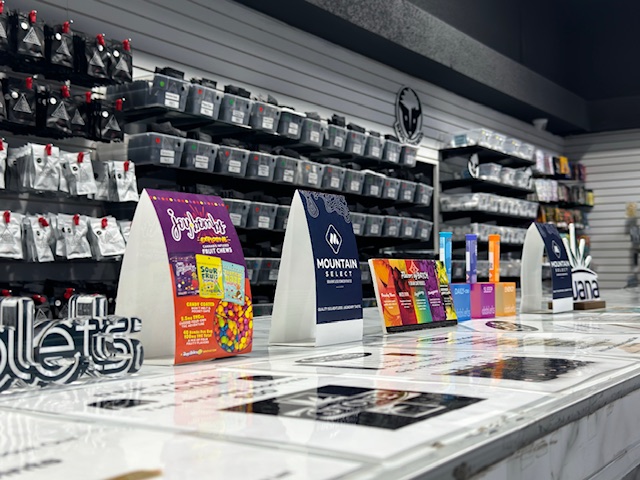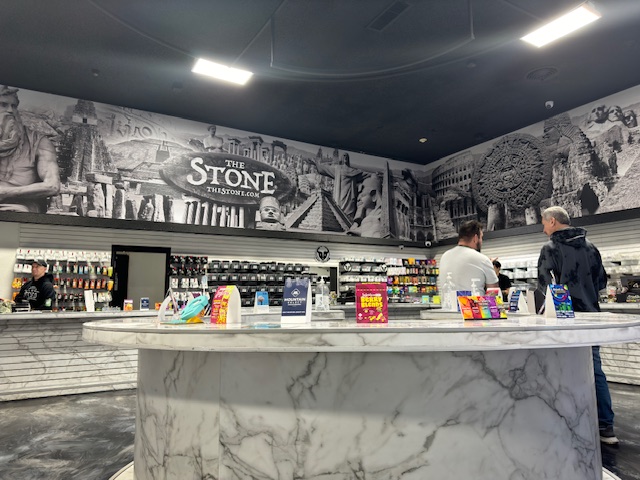
This website is for users aged 21 and over. Please confirm your age.
Cannabis Tinctures are an effective way to ingest and absorb cannabinoids. They were first created in the early 1900s because of the prohibition of cannabis in many countries as a valuable tool for doctors and patients. Patients could take it orally without smell or evidence that they ingested marijuana. With further research into its medical properties, it became apparent that this was a very effective way to administer cannabis.
They are typically made with ethyl alcohol or a glycerin base. Since the creation of hash oil in the early 1970s, people have advocated for “the best of both worlds,” and with good reason; the benefits of ingesting cannabinoids orally and the convenience of inhaling with a vaporizer or smoking. Today, many recipes include high-proof (100-160+) alcohol with other glycerin-based product.
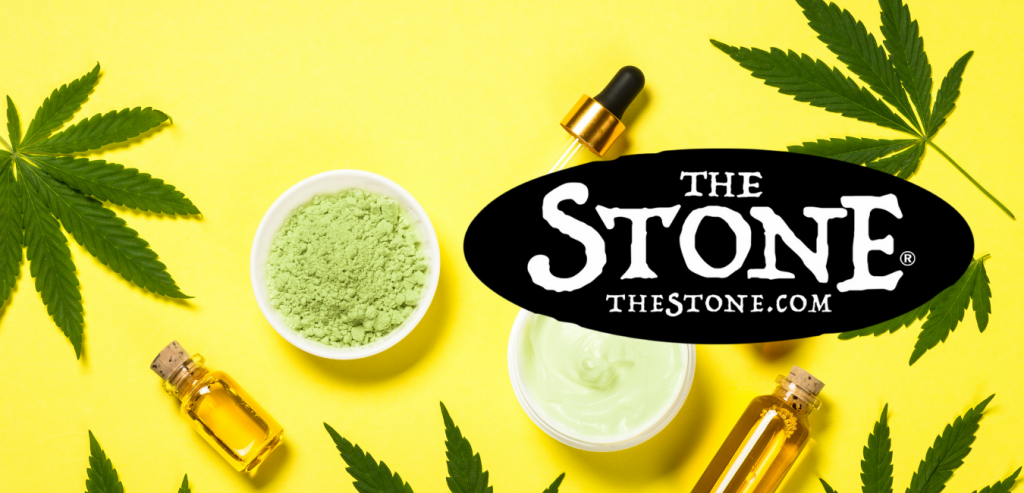
They offer several benefits to users, including ease of consumption and compliance, affordability, precise dosing, and increased bioavailability of cannabinoids. They are often taken sublingually which allows rapid absorption into the bloodstream.
Tinctures also have a long shelf life if stored properly and will usually remain potent for up to 2 years. They can be placed in gel capsules or soaked in sugar cubes, making them easier to consume. Most people compare the taste to rubbing alcohol, but some companies have added flavoring and extracts into the solution.
It has been reported that 30-60% of cannabinoids are absorbed compared to 10-25% when smoked or vaporized. Users have noted that the onset of effects is much more rapid than ingesting edibles or smoking cannabis, usually within 20 minutes. This is beneficial because if an immediate impact is desired, the user can easily titrate their dose to achieve the necessary results without over-medicating as a person would with edibles.
Cannabis tinctures offer a convenient, discreet, and easy way to consume cannabis. They are also an effective method for those who cannot or do not want to smoke. They are becoming increasingly popular as more people learn about their benefits.
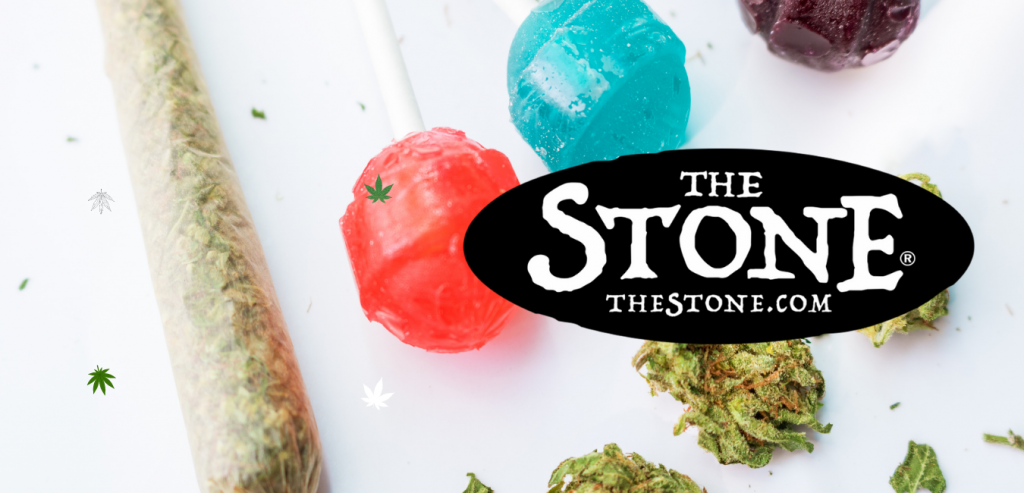
THC and CBD are the two most popular cannabinoids in cannabis. THC is responsible for the psychoactive effects of marijuana, while CBD does not produce any intoxication. CBD has been shown to have medicinal properties which include:
THC will produce the typical “high” associated with marijuana, while CBD will not. CBD can treat a wide variety of medical conditions without the psychoactive effects.
Tinctures are made by soaking marijuana in high-proof alcohol or a glycerin base. The ratio of cannabis to solvent is typically 1:5 or 1:10. For every gram of cannabis, 5-10 grams of alcohol or glycerin are used.
The mixture is then placed in a jar and let steep for 2-3 weeks, shaking occasionally. The tincture is strained after the steeping period using a cheesecloth or coffee filter and placed in a dark glass bottle.
Some recipes include adding additional ingredients such as essential oils or other extracts. This is not necessary but can improve the taste and smell of the tincture.
Full-spectrum tinctures contain cannabinoids, terpenes, and flavonoids found in the cannabis plant. THC, CBD, CBN, CBC, CBG, and more. Isolates only contain CBD and no other cannabinoids.
Full-spectrum tinctures are believed to offer an ” entourage effect.” This means that all of the compounds work together to produce a more potent effect than anyone compound would on its own. Isolates are generally less expensive, but some users prefer the synergistic effects of the full spectrum.
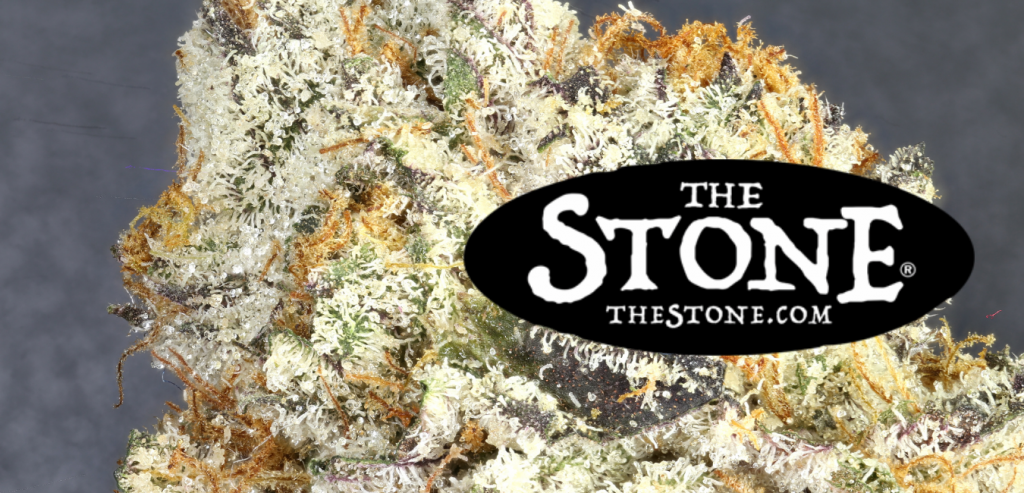
Tinctures can be used in a variety of ways. The most common method is to place the desired amount under the tongue and hold it there for 30-60 seconds before swallowing. This allows the cannabinoids to be absorbed directly into the bloodstream through the sublingual artery.
They can also be added to food or drink. The effects will take longer to kick in when taken this way as the liver must first metabolize the cannabinoids. It is essential to start with a low dose when trying this method as it is easy to overmedicate.
Capsules can also be made by filling gel capsules with tincture. This is a convenient way to take a precise dose without measuring it each time.
Tinctures offer some advantages over other methods of consuming cannabis. They are easy to use, portable and discreet. Medicines can also be taken in minimal doses, making them ideal for microdosing.
Another benefit is that the effects kick in much faster than edibles. The cannabinoids are absorbed directly into the bloodstream instead of going through the liver first.
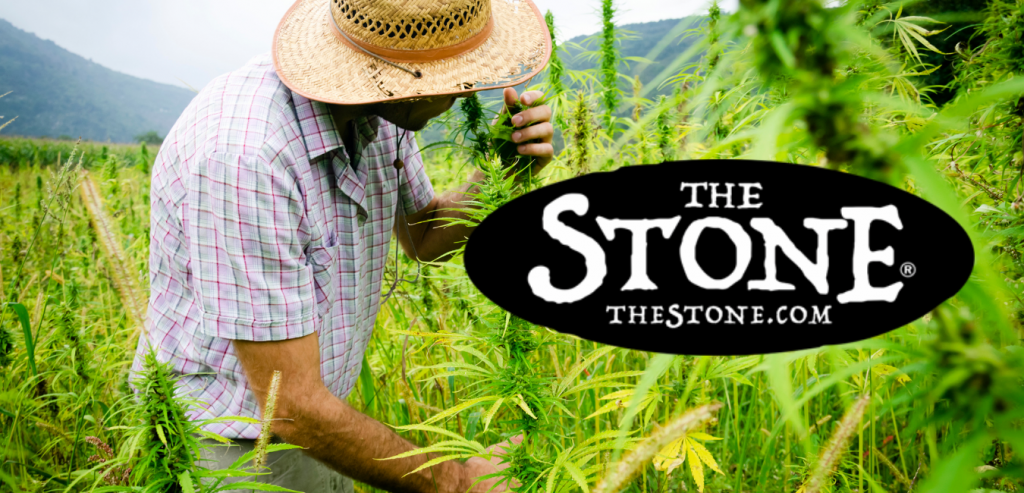
The most common side effect is feeling “high.” This is because THC is the most abundant cannabinoid. Most CBD tinctures will not produce this effect.
Other side effects include dry mouth, red eyes, and impaired coordination. These side effects are typically mild and will go away after a few hours.
It is essential to start with a low dose as it is easy to overmedicate. The effects of remedies can also be unpredictable, so it is best to be cautious when trying them for the first time.
Tinctures can be used to treat various medical conditions. This includes:
They can also be used recreationally to produce a “high.”
They will last for 2-3 years when stored in a cool, dark place. Refrigeration is not necessary but may prolong the shelf life. Once opened, it is best to use them within six months.
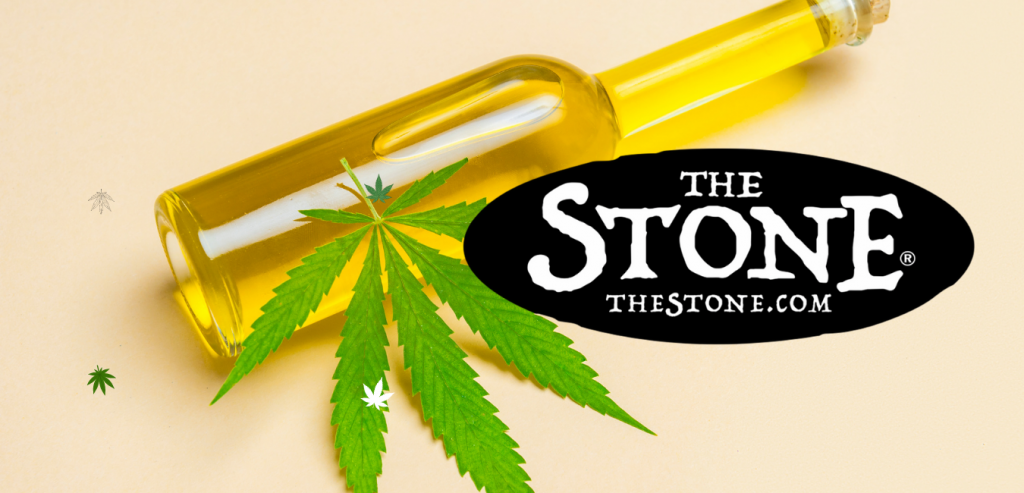
When making them, it is essential to use high-quality marijuana. This means using bud that has been trimmed of all leaves and stems. It should also be ground into a fine powder, use a coffee grinder or food processor for best results.
It is also essential to use high-proof alcohol like vodka or Everclear. This will ensure that all cannabinoids are extracted from the plant material.
Remedies are very concentrated, so it is easy to overmedicate. It is also important to remember that the effects will take longer to kick in when taken this way.
Capsules can be made by filling gel capsules with tincture. This is a convenient way to take a precise dose without measuring it each time.
They are made by soaking marijuana in alcohol to extract the cannabinoids. Oil is made by extracting cannabinoids with a solvent like butane or CO2.
They are typically more potent than oil and will last longer when stored. They can also be taken in minimal doses, making them ideal for microdosing.
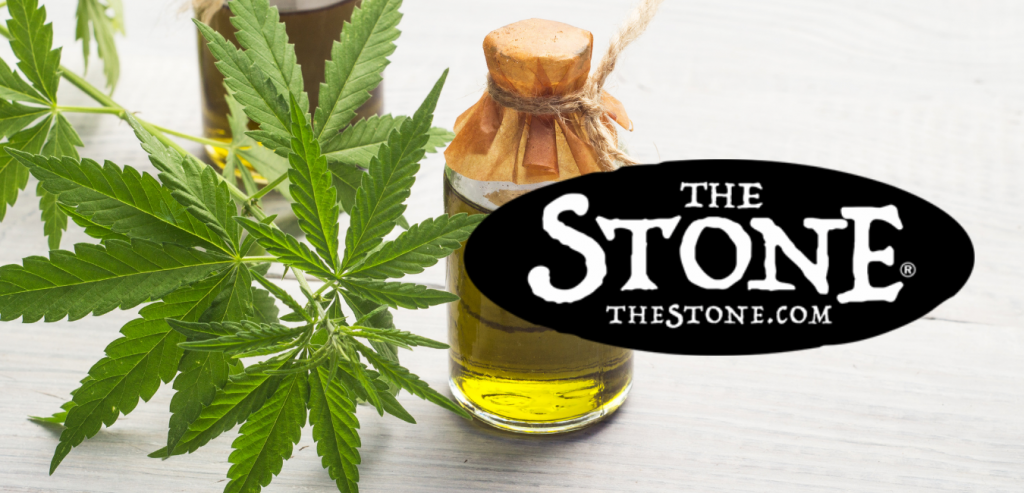
They should be stored in a cool, dark place. Refrigeration is not necessary but may prolong the shelf life. Once opened, it is best to use them within six months.
They can be used to treat various medical conditions, including pain, inflammation, anxiety, depression, insomnia, and more. They can also be used recreationally to produce a “high.”
Capsules can be made by filling gel capsules with tincture. This is a convenient way to take a precise dose without measuring it each time.
They can also be added to food or drink. It is essential to start with a minimal amount when doing this, as remedies are very concentrated. The effects will also take longer to kick in when taken this way.
They are made by dissolving marijuana into alcohol and then letting it evaporate, leaving behind just the active ingredients of the cannabis plant, including THC and CBD. Marijuana contains hundreds of chemical compounds such as terpenes and flavonoids that all have a unique effect on the body. Marijuana’s main two ingredients of interest are THC and CBD. Marijuana is most famous for its psychoactive effects from the ingredient THC. Marijuana contains hundreds of chemical compounds such as terpenes and flavonoids that have a unique impact on the body.
They can affect users much quicker than smoking as they enter the bloodstream as soon as they are swallowed. Marijuana’s main two ingredients of interest are THC and CBD. Marijuana is most famous for its psychoactive effects from the ingredient THC. Marijuana contains hundreds of chemical compounds such as terpenes and flavonoids that have a unique impact on the body. Marijuana’s main two ingredients of interest are THC and CBD. Marijuana is most famous for its psychoactive effects from the ingredient THC. Marijuana contains hundreds of chemical compounds such as terpenes and flavonoids that have a unique impact on the body.
Tinctures can affect users much quicker than smoking as they enter the bloodstream as soon as they are swallowed. Marijuana’s main two ingredients of interest are THC and CBD. Marijuana is most famous for its psychoactive effects from the ingredient THC. Marijuana contains hundreds of chemical compounds such as terpenes and flavonoids that have a unique impact on the body. Marijuana’s main two ingredients of interest are THC and CBD. Marijuana is most famous for its psychoactive effects from the ingredient THC. Marijuana contains hundreds of chemical compounds such as terpenes and flavonoids that have a unique impact on the body.
But how do you make them? Read on!
How Do I Make My Tinctures?
1) Cannabis Concentration Levels
The first step to making your marijuana tincture is determining what cannabinoid concentrations you want in the end product.[7] Will it be a low THC and high CBD product, or will THC be the primary ingredient? As we discussed in the previous section, if you are using a full spectrum extract, you can skip this step.
2) Ingredients for Making a Tincture
There are many different recipes for making your marijuana tinctures available on the internet, and if you read through them all, you will find that they are generally very similar. For this article, we will go over one of the most popular recipes for making your marijuana tinctures and then delve into some discussion about trying to find a purer way to extract cannabinoids from cannabis.
A typical recipe for making a tincture will usually call for vegetable glycerin, Everclear [151-proof], or some other alcohol that is high in grain. Most people will suggest using a full spectrum extract for this part of the process, and if you can use a pure CO2 hash oil, that will be even better.[8]
Using vegetable glycerin or another extract like coconut oil will result in a lot of plant material in your tincture, which will make it harder for you to dose the cannabis extract precisely. Using Everclear or another very pure alcohol, on the other hand, will eliminate most of those problems. If you have made a full spectrum extract, this type of alcohol will also help keep the different cannabinoids in the finished product from separating.
Many recipes also call for adding something with a strong flavor, such as vanilla extract or cinnamon, to help mask the taste of the alcohol in your final tincture. With all of this said, when you are using Everclear or another very high-proof alcohol, most people won’t be able to taste it once the tincture is finished.
3) The Process of Making a Tincture
Once you have decided what type of alcohol and concentrations you will use, it’s time to get down to making your product. First, place your cannabis trim or bud into a stockpot and cover with Everclear, grain alcohol, or another high-proof alcohol. This is the liquid in your tincture, so you want to ensure that this part of the process is done correctly.
The next step is to place your pot on a stove and bring it over to a simmer but not to a boil. You want the alcohol to be hot enough to extract cannabinoids from your cannabis but not boiling so that you burn off any THC or other cannabinoids in your solution. You want the weed to simmer in this alcohol until all of the plant material becomes soft and reminds you more of tea than a solid chunk of plant material.[9]
You will then want to let the solution sit so that all of the THC and cannabinoids can get into the alcohol. If you are using a full spectrum extract, there is no need to add more liquid later.[10] Covering your pot with either plastic wrap or a lid (depending on what type of pot you use) will keep in all of the heat and allow your tincture to cook for more extended periods.
After a few hours, you will want to let your tincture cool down so that you can remove the plant material from the liquid, and this is when many people add their extract or other ingredients. You will then cover it again and turn the stove on low. Let it simmer for another eight hours, and then let it cool down to room temperature overnight.[11]
4) Storing Your Final Product
Once you have allowed your tincture to cool, you will want to pour off the alcohol at the bottom of the pot, which is where most people will use a cheesecloth to help remove the plant material. After you have filtered out most of your plant matter, it is time to store your final product.
Pour the tincture into whatever sort of storage container you want and make sure that it is tightly sealed so that no light can get in and degrade the THC or other cannabinoids you are working so hard to extract. You can use a dark-colored glass jar or bottle, although I prefer to keep my tincture in the freezer because it makes dosing much more manageable.[12]
There is no real need to make large batches of cannabis tincture because they last for years if stored properly, and I usually only make a pack every two or three months. Making small batches also makes it easier to dose the finished product, so you don’t consume too much THC.
We warmly welcome you to explore our highly acclaimed strains, concentrates, and edibles. Serving recreational clients with pride is our passion.
At our dispensary, you'll find a professional yet inviting atmosphere that prioritizes your comfort and privacy. Feel free to stop by at your earliest convenience to experience it for yourself. We can't wait to serve you!
